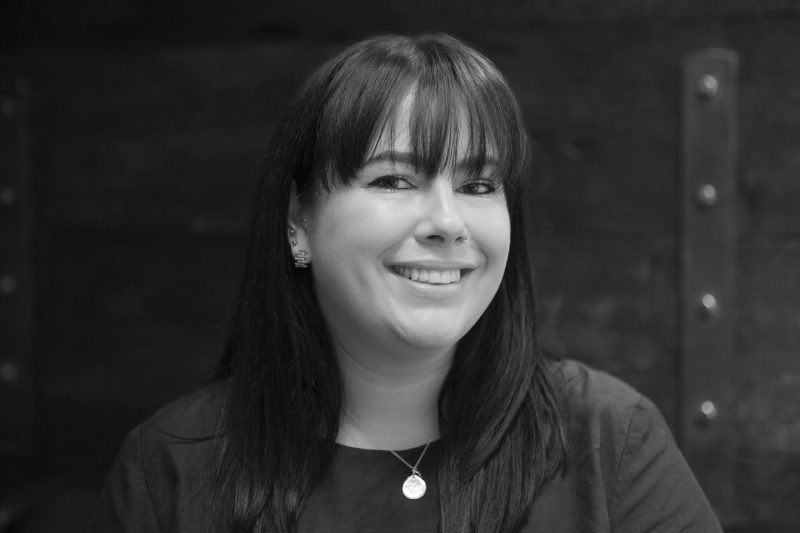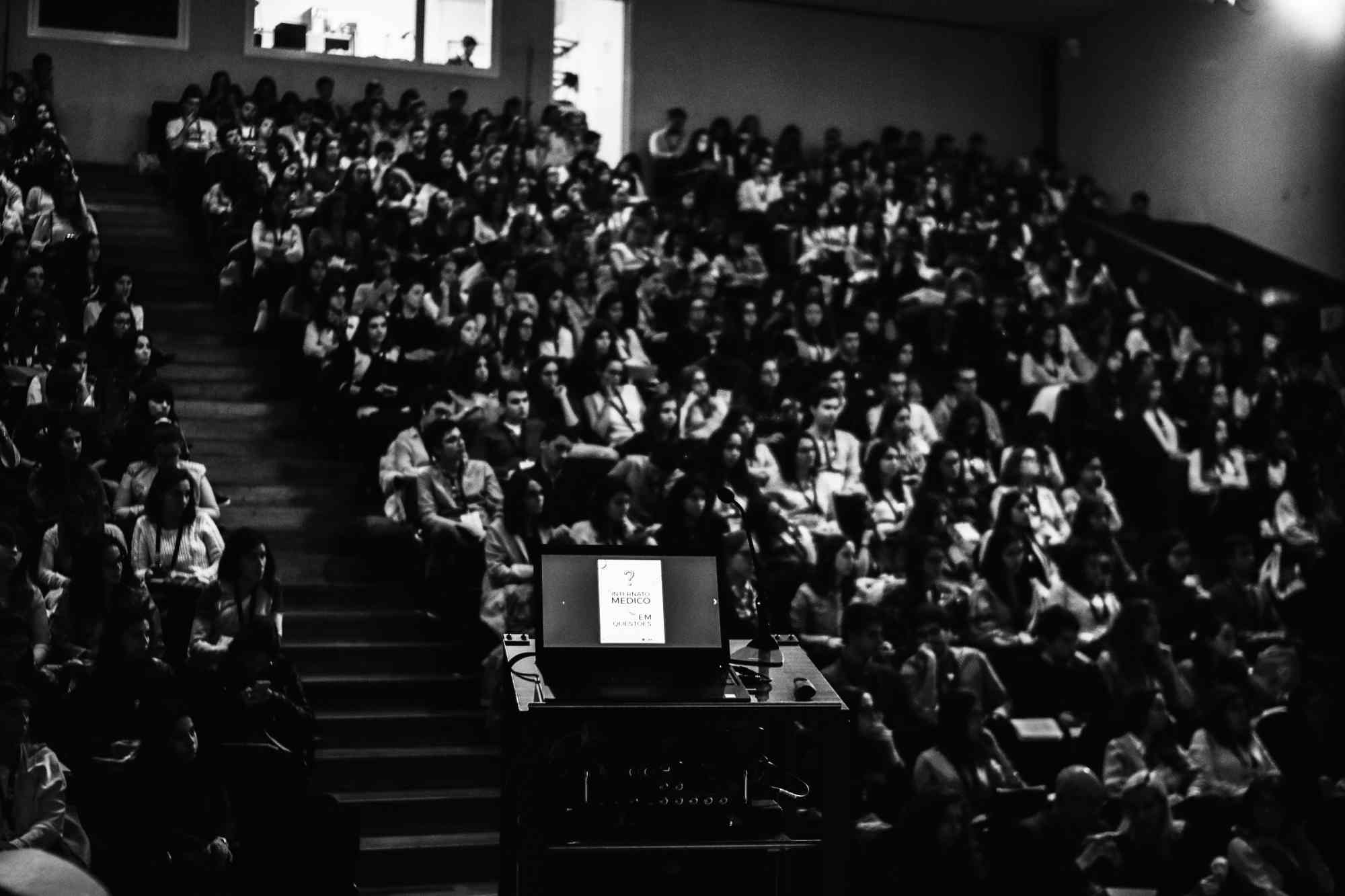Two days. 12 stages. 200 speakers. 160 hours of content. It can only be the Festival of Marketing, which concluded on the 5th October. The annual conference brings together marketing professionals, industry pioneers and digital specialists for two days of insights on current challenges, innovations, business strategies and forward-thinking thought leadership. And on the 4th October, on the Brand & Creative stage, more than 200 delegates gathered to hear Matt Garbutt, our Creative Director, speak on the topic of ‘what does creativity in marketing look like today’. Here are the key takeaways from Matt’s session.
We used to create content for people, should we now be creating content with people?
Matt opened with the challenge that marketers are currently facing today: the amount of content available far exceeds the amount that people are capable of consuming.
In order to speak and engage with the right people, we need to consider the merits of co-creating content. But what makes good content? Fundamentally, at its core it should educate or entertain people – ideally, it should do both. By relating with people in a human way – like we talk to our friends, family and colleagues – we stand a better chance of getting their attention.
When it comes to people-generated content (yes, that’s people, not users), getting it right comes down to whether you’re offering a relevant experience that’s valuable. Starbucks has done this successfully with its campaigns asking people to design cup art, which sees the best of their doodling’s printed on limited edition cups. That being said, if the correct media or context that suits your core audience isn’t used, then things can go wrong. Furthermore, if your campaign is more of a one-way dialogue or isn’t framed in a way that would excite and delight your audience by offering something valuable and interesting to them, then things can also go awry. Case in point: NERC’s failure with Boaty McBoatface, which was unstructured and not very relatable or relevant to its audience.
In sum, ask people to do something specific, really simple, and give them a really clear brief and relevant means of participation. By giving people something in return, you’ll make it worth their while to co-create with you.
Here are five areas to focus on to create good people-generated content (PGC):
- Think about people
- Develop an insight
- Focus
- Structure it
- Do the opposite of what your competitors are doing
Should we treat everyone as an extension of our creative team?
The reality is that, by nature, humans are problem solvers. And to solve problems is to be creative, therefore everyone is and can be a creative. So, creativity isn’t limited to creative teams, nor should it be assumed that creative teams just sit around coming up with great ideas all day, every day. It is, of course, part of their job, however it’s not limited to just one team.
At Greenlight, we use everybody in the building to help us with responses to briefs. It’s not revolutionary, but it has several benefits; people get more invested in the entire production process, people enjoy solving problems, and we end up with better work as a result. So yes, creativity surrounds us all and shouldn’t be confined to one team.
Do all creative marketers need to think like entrepreneurs?
Matt believes that they should. The rationale there is that they’re generally brave, sharp people who are willing to take risks, and risk-taking is required in order to be different and engage audiences. There are three key points to live by that will positively fuel creative marketing:
- Focus: that word again. But that’s what a start-up does, it focuses on what it really needs to. And if it’s successful, it’s largely because it will have stayed true to its core message.
- Move fast: we live in a fast-paced world where people have little time to consume content – unless it’s really good, or really provocative, or really entertaining. It’s about putting things out there and thinking ahead to keep up the pace and continuously improve in a way that’s true to your brand.
- Learn along the way: entrepreneurs are usually agile in nature, and they get better as they go. There are plenty of ways we can measure our content, analyse its performance, figure out what’s worked and hasn’t - and then make it better.
Questions & answers
Following Matt’s session, delegates were able to ask questions related to the topic; they particularly wanted to know more about how they could integrate marketing and creative, and how to approach their creative process. Below are the questions which were upvoted most, so we asked Matt to share his answers.
Does B2B content have less takers when it comes to PGC?
Difficult to say, but it probably presents greater challenges in a general sense when it comes to creating entertaining content, so maybe the dial is turned slightly more toward the educational side. With B2B, you should target your creative to a tighter audience, as you’re probably looking to reach a particular sector, and sometimes even a particular type of person within that sector.
Does PGC only work for larger, well-known brands?
Not necessarily, although it’s usually the case that larger brands have a larger audience to work with, whereas a smaller brand may have a more devoted one. Look at how the craft beer brands are taking on the big breweries right now, for example; BrewDog is a frontrunner thanks to what they’ve done with the Equity Punks – they essentially opened up ownership of the entire company to be shared among thousands of its devotees.
What’s the biggest challenge that creative teams are facing in today’s cluttered world?
Finding difference. And then crafting an idea that really captures peoples’ imagination. That might be a once in a career thing for many creative professionals.
Looking forward
What makes the creative process successful is the ability to focus on a clear, simple brief. It serves as a constant reference to remind people of what they’re striving for and who they’re looking to talk to, and ensures that the output will be relevant to the right people and within a meaningful context and channel mix. Focusing on keeping briefs brief is key to making a step in the right direction, and from there everything else can follow on nicely.



